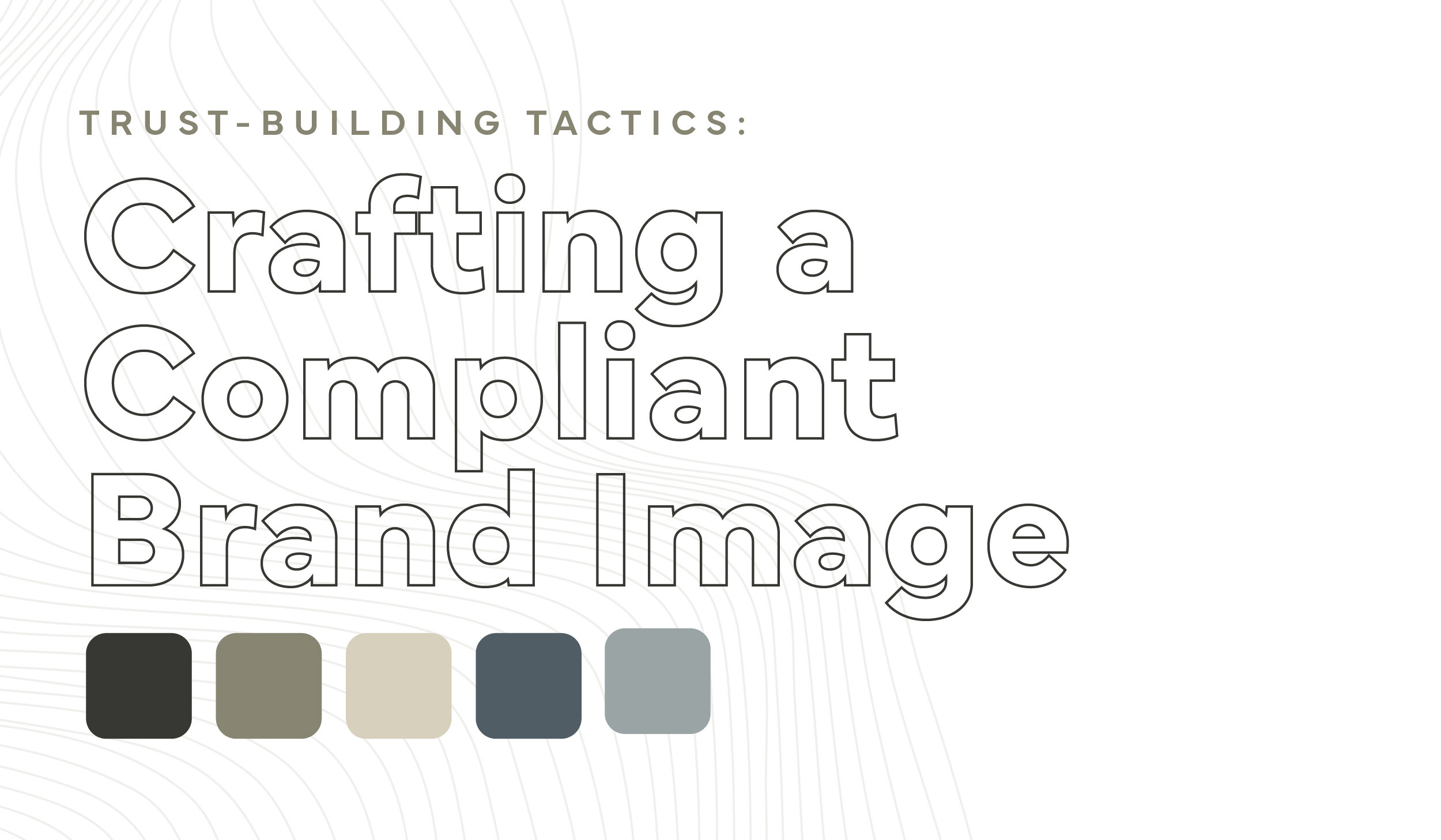BLOG Trust-Building Tactics: Crafting a Compliant Brand Image
Trust-Building Tactics: Crafting a Compliant Brand Image
POSTED BY Primitive | Apr 23, 2024

In industries where following the rules is vital for maintaining trust, it’s crucial to build a brand that adheres to regulations but still allows creativity to flow.
Let’s take a look at how different sectors have successfully achieved balance, increasing credibility while remaining within regulatory requirements.
Examples of Successful Compliance-Driven Branding
At a time when consumer trust can make or break brands, companies across industries are striving to not only meet regulatory compliance standards but also integrate them into their brand identities for added customer trust and brand loyalty.
By taking this proactive approach to compliance and branding, businesses not only increase adherence to legal regulations but also establish customer confidence in them and brand loyalty among their target market.
Brands like Patagonia, Toyota, and Starbucks demonstrate how a deep commitment to compliance standards can become part of a brand narrative that resonates with consumers.
Patagonia in Environmental Compliance
Patagonia, an outdoor apparel company, is widely respected for their dedication to environmental sustainability, an integral component of their brand identity. Patagonia’s dedication to using recycled materials and reducing carbon emissions not only meets stringent environmental regulations but also inspires trust with environmentally conscious customers.
Toyota’s Safety Compliance
Toyota's branding strategy places great emphasis on safety as a central element of compliance for automotive industry vehicles. By regularly emphasizing their commitment to innovations and compliance with international safety standards, they increase credibility among their customer base as they build trustworthiness among customers.
Starbucks’ Ethical Sourcing
Starbucks is another excellent example of compliance branding in the coffee industry. Their commitment to ethical sourcing can be seen through their branding, which adheres to fair trade laws—this ensures regulatory compliance and fosters consumer trust by building an image centered around ethics.
Insights into Reputation Management and Brand Integrity
Effective reputation management in compliance-focused branding requires thorough planning, execution, and ongoing adjustments based on market feedback and regulatory changes.
Here are several strategies for upholding and protecting brand integrity while adhering to regulatory standards:
Proactive Communication and Transparency
Maintaining open lines of communication with consumers, stakeholders, and regulatory bodies is of utmost importance. Proactively sharing information about compliance efforts, changes to regulations, customer experiences impacted by such regulations, and how these affect them is the cornerstone of creating transparency in brand relationships and building public trust.
Brands can use newsletters, social media, or public reports to spread this knowledge widely while reinforcing their commitment to high standards and garnering trust among their target markets.
Monitoring and Audits
Starbucks is another excellent example of compliance branding in the coffee industry. Their commitment to ethical sourcing can be seen through their branding, which adheres to fair trade laws—this ensures regulatory compliance and fosters consumer trust by building an image centered around ethics.
Building a Culture of Integrity
Beyond policies and compliance training, fostering a corporate culture that prioritizes ethical behavior and compliance can have a profound impact on the brand’s reputation. Encouraging behaviors that align with the brand's core values and compliance standards should be a key component of a company's strategic planning. Recognition programs for ethical behavior and compliance can motivate employees and reinforce the importance of these values.
Building a compliant brand image goes beyond mere adherence to regulations; it involves weaving compliance into the fabric of the brand’s identity.
This approach not only mitigates risks but also enhances consumer trust and loyalty, which are invaluable in any industry.
SHARE THIS POST:

About the writer, Primitive
The team behind On the Dot. is made up of creatives, strategists, and developers who give a damn. At Primitive, we craft digital solutions that help businesses grow from brand to backend. Every insight we share is backed by strategy, driven by results, and built to move your business forward.
